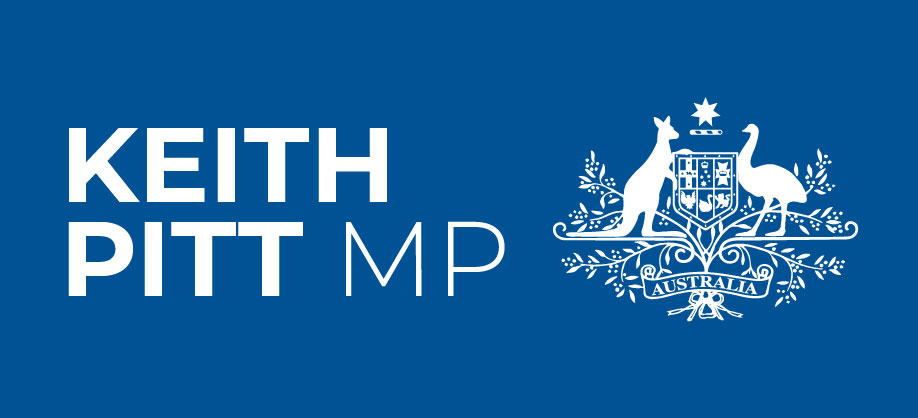PMB – Asbestos
Mr PITT (11:47): It is a great pleasure to once again to be back in the House and speaking on something which is an important issue. I of course acknowledge the other side in the process. I will look at some of the comments from the member for Bendigo before we get to the substantive issue.
Firstly, this is a serious issue, certainly for me and a number of other people in this room who are likely to have been exposed to asbestos. I will assume my good friend the new member for Fisher, as a former carpenter, would understand just what that means. It is certainly something which plays on your mind. It is certainly something that you are aware of. For people who have worked not only in the construction industry but also in heavy industry over many years, asbestos unfortunately is a fact of life. Asbestos contaminates our worksites. On some things we do agree: we need to ensure that we do not continue to import such a devastating product.
However, this is not just a political blame game. We need to understand the practicalities of exactly how difficult it is to identify asbestos. It is not something which can be seen, smelled or heard. You certainly cannot tell that a product is an asbestos product simply by looking at it. The only way that you can identify an asbestos product is to have it sampled. They have to use a particular type of microscope to identify it, and that is typically done in a NATA registered laboratory by someone with extremely good qualifications, such as an occupational hygienist or somebody similar.
The reason it is so difficult is that asbestos fibres are less than five micron, typically. There is a whole range of asbestos products The three types of asbestos you can usually see are chrysotile, amosite and crocidolite. They are known as ‘white’, ‘brown’ and ‘blue’. For those of us who come from heavy industry, we are very well aware of just how deadly blue asbestos can be. In fact, in my former workplace where I did my trade, there used to be people employed as laggers, if you can believe that. Their job was to bundle up blue asbestos in a bucket, mix it into slurry and then pack it onto steampipes. Unfortunately, many of those people lost their lives. A lot of them I knew very well; they were personal friends. To have lung cancer or mesothelioma is a terrible way to lose your life. However, I will move to the substantive matters.
The idea or concept that we can sample every single piece of product that comes into Australia that may or may not contain asbestos is, unfortunately, ludicrous. The typical products that you may or may not find asbestos in that are here in this country right now are things which are legacy items. It is not just roofing and wall sheets; it is things like brake pads and piping—anything to do with underground pipes from the fifties, sixties and seventies. Anything which is made of fibre is typically asbestos. Those products already exist. The concept that we could test every single product that comes into this country is just a ridiculous position to put forward. For example, mastic is something which is used to seal. Black mastic has a very, very high asbestos content and very, very dangerous levels of asbestos. People who are not aware of that tend to go out and do very silly things such as heat them up, which releases the fibres, because, quite simply, asbestos cannot affect you unless you inhale it.
It is a difficult problem, but we are taking a sampling approach. Since 1 July 2015, the Australian Border Force have targeted 1,936 high-risk shipments, which has resulted in 144 examinations and 13 detections of asbestos contaminated goods. Unfortunately, there is no other way to do this. You simply have to take a sample and test it. So the only debate that we can have is about the number of samples and how quickly that might be done. This is a significant increase from 2014-15, when there were 273 shipments targeted, resulting in 20 examinations and 10 detections.
Clearly, the good thing about construction is that it is underway, so someone must be funding it, and that is incredibly important. But it is also important to note that health and safety in the workplace is typically the responsibility of the state government. They have the resources, they have the inspectors and they have the people who are trained to do the investigations. The Border Force, of course, are continuing to do their work, but we should look at Labor’s record. Labor’s record on this is appalling. Federal Labor actually cut $734 million from the Border Force budget and 700 staff from the Australian Customs and Border Protection Service during their time in government. That is not a good reflection on someone who is intending to do more samples and more inspections of asbestos products.
Briefly, in wrapping up, I must say that I actually went into a place in another country—I will not say which one—where they had samples of asbestos bags being wrapped up. You could walk in and have a look as they made these things on the demonstration floor. That was very surprising. That is not something we should see in this country, and we must continue to fight to ensure that we do not have asbestos products here.

